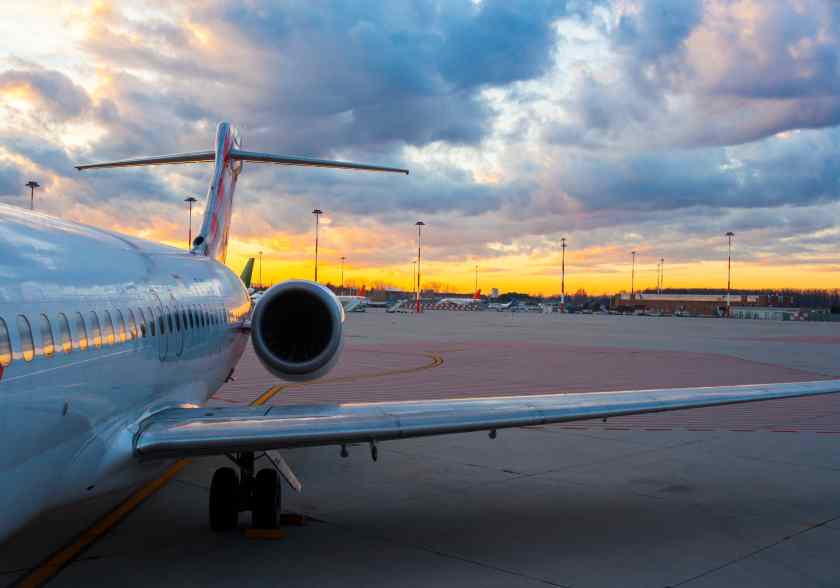Vietnam Airlines Grounds Four Pilots After Boeing 787-A321 Collision New Update You Need To Know - Travel And Tour World
Sunday, June 29, 2025

A on , between a and an at has led to and major travel disruptions. Thankfully, no injuries were reported among the , but both aircraft sustained visible damage, prompting immediate evacuation of all passengers. The has initiated an investigation into the incident, classified as a , with the airline working swiftly to rebook affected travelers.
On , the , registered as , was taxiing towards its departure gate when it clipped the tail of a stationary registered as . The collision occurred while the 787 was passing through the intersection of , where its collided with the of the parked A321.
The collision caused to both aircraft, with the suffering damage to its , while the ‘s vertical stabilizer was also affected. Both planes were , and the —259 aboard the 787 and 127 on the A321—were swiftly evacuated.
Despite the shock of the collision, no injuries were reported, and the took immediate action. The authority gathered the and and began its investigation to determine the cause of the incident. Within hours, were organized to accommodate stranded passengers. The airline was able to rebook them on alternative services, but the incident caused delays for many travelers.
The incident has led to the grounding of involved in the operation. The has stated that the situation will be thoroughly examined to ensure that any negligence or mishandling is addressed. This marks a serious event in aviation safety, as incidents, which fall between a and a , demand quick and decisive responses from both the airline and regulatory bodies.
Despite this being a , no immediate risk to public safety was posed, as the planes were on the ground. Nonetheless, the incident serves as a stark reminder of the importance of precise coordination on the ground and how even small errors can lead to major disruptions in .
While incidents like this can cause widespread concern, they are not unheard of. In , two collided while pushing back at , leading to minor delays. Similarly, a collision in the same month caused minor damage, highlighting the occasional challenges that come with operating a complex, high-volume airport system.
This recent , however, has drawn more attention due to the nature of the aircraft involved— used for long-haul flights, which are crucial for . The fact that it involved two aircraft from the same airline also raises questions about ground handling protocols and coordination at one of Vietnam’s busiest international airports.
The grounding of the has sparked debate on whether there are gaps in that need addressing. While the immediate cause of this accident is still under investigation, such incidents underscore the importance of , not just for air travel but also for ground operations.
In the aftermath of this collision, both the and have pledged to improve and for all airport staff and flight crews. The goal is to prevent such accidents from occurring in the future, ensuring both passengers and crew are always protected.
This incident is a for airlines and worldwide, highlighting the need for tighter and a more robust ground handling system. As the investigation unfolds, Vietnam Airlines will likely implement stricter operational guidelines to prevent future accidents.
As for passengers, while this disruption was unsettling, it underscores the importance of remaining aware of travel safety protocols. Airlines and airport authorities continue to refine their operations, working to minimize the chances of accidents like this occurring again.
The collision between the Vietnam Airlines Boeing 787 and the Airbus A321 on June 27, 2025 serves as a sobering reminder of the challenges in airport operations. While passengers were fortunate to avoid injury, the disruption affected hundreds of travelers. Moving forward, this incident will likely lead to a reevaluation of airport safety measures and training programs, ensuring that such accidents are minimized. It also emphasizes the need for constant vigilance from both airlines and regulatory bodies to protect passengers and crew from avoidable disruptions in the future.
«Enjoyed this post? Never miss out on future posts by following us»










